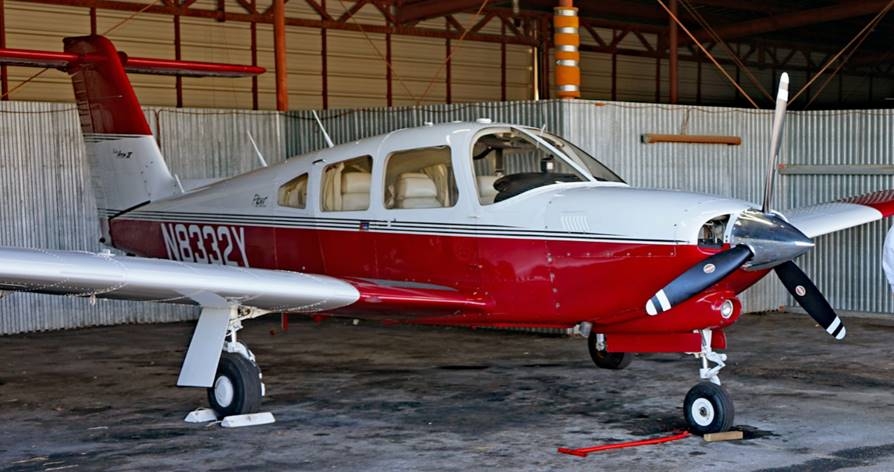Our newest addition to the fleet is our 1981 Piper Turbo Arrow IV. We are very proud to have this aircraft for our members. Also hangared at Spirit of St. Louis Airport (KSUS) and serviced by Million Air this is a performer and very comfortable to fly! Avionics are state of the art, Garmin GTN 650 WAAS touchscreen COM/NAV 1 GPS/VLOC ILS/GS with slaved HSI coupled to a Century 21 Autopilot and a Pitch Stabilization System for Altitude Hold, Vertical Speed and Glide Slope, and a GNS 430 COM/NAV 2 a Garmin GTX 345 ADS B IN/OUT, EDM 800 for engine monitoring, and a StormScope. The turbocharger lets you get above some of the weather and turbulence and gets even better performance at the high altitudes. Outfitted with the Merlyn Automatic Wastegate, this plane can maintain climb power all the way to 18,500 feet and a maximum service ceiling of 20,000 feet! Bring your oxygen for this cruiser. You immediately feel the power of this 200 HP engine at the first application for takeoff.
Cruise speed is published 147 KTAS at 10,000 feet burning 12.1 GPH. With 72 gallons useable fuel that is almost 6 hours of fuel and 874 miles (no reserve) and 432 LBS useful load. Fuel it to the fueling tabs and you have 50 gallons usable for 4.1 hours and 607 mile range (no reserve) with a useful load of 604 LBS. Plane is more complex than some, and does require some experience and training for this aircraft but well worth the time. Please come out and see this airplane for yourself!
This aircraft rents at $135.00 an hobbs hour and includes fuel and also gets our complimentary .2 hobbs discount for the first hour.

I’m thinking about hoping I fly for American Airlines I fly out of st Charles, looking for a cheaper option plus Creve coure is 15 min from my house.
Also , I would like to inquire about my son he has all the flying requirements for his ppl, took a year off and is looking at getting back in and finishing his private, if this would be an option.
Please let me know if there are available spots.
Hello David, thanks for the email. Please email [email protected] for more information about Joining the Club. Thanks